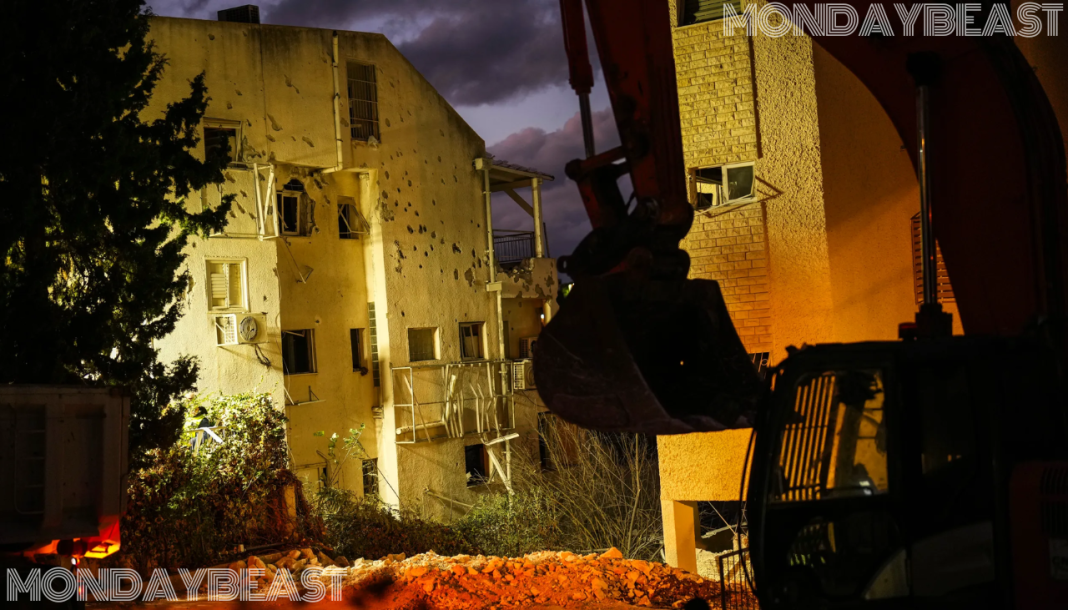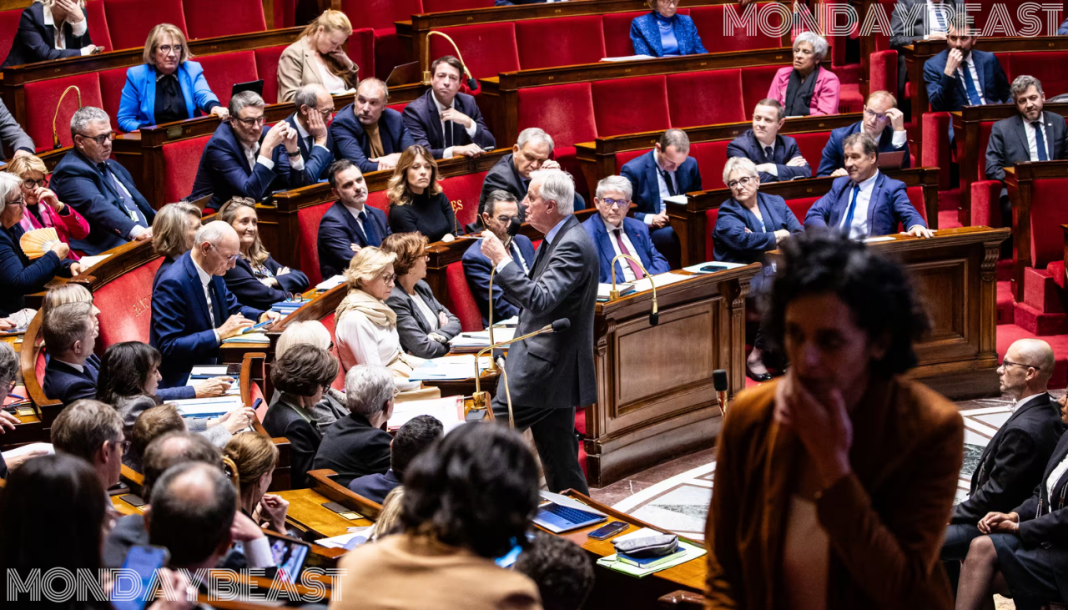Recent airstrikes in Lebanon have caused alarm. Israel’s military has ramped up attacks, killing at least 31 people this week. This escalation comes even as leaders edge closer to a potential ceasefire with Hezbollah.
Explosions lit up the skies of Lebanon, igniting fears among residents. Commercial and residential buildings in Beirut were targeted. The southern suburbs bore the brunt of the strikes, leaving chaos in their wake.
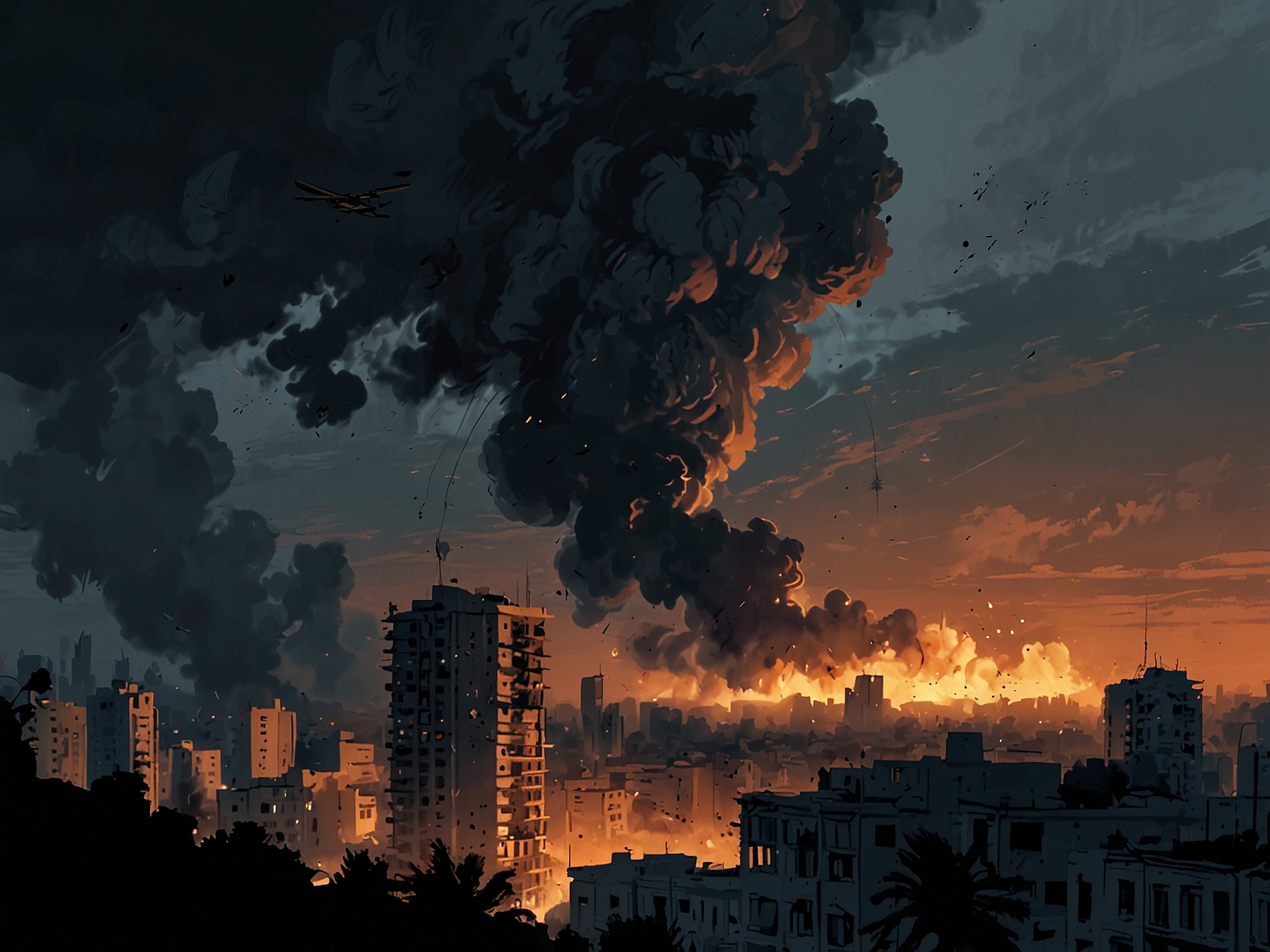
Images from the scene reveal devastation. Smoke billowed into the evening sky, while countless families fled. The shock of the attacks only amplifies the worries of civilians caught in the crossfire.
Amidst these violent confrontations, a sliver of hope appears. Israeli leaders have met to discuss terms for a ceasefire. The atmosphere is charged with cautious optimism, but uncertainty looms heavily.
Officials are evaluating a proposed deal. According to reports, a two-month ceasefire could be imminent. The withdrawal of Israeli forces from Lebanon and Hezbollah pulling back from the border are essential components.
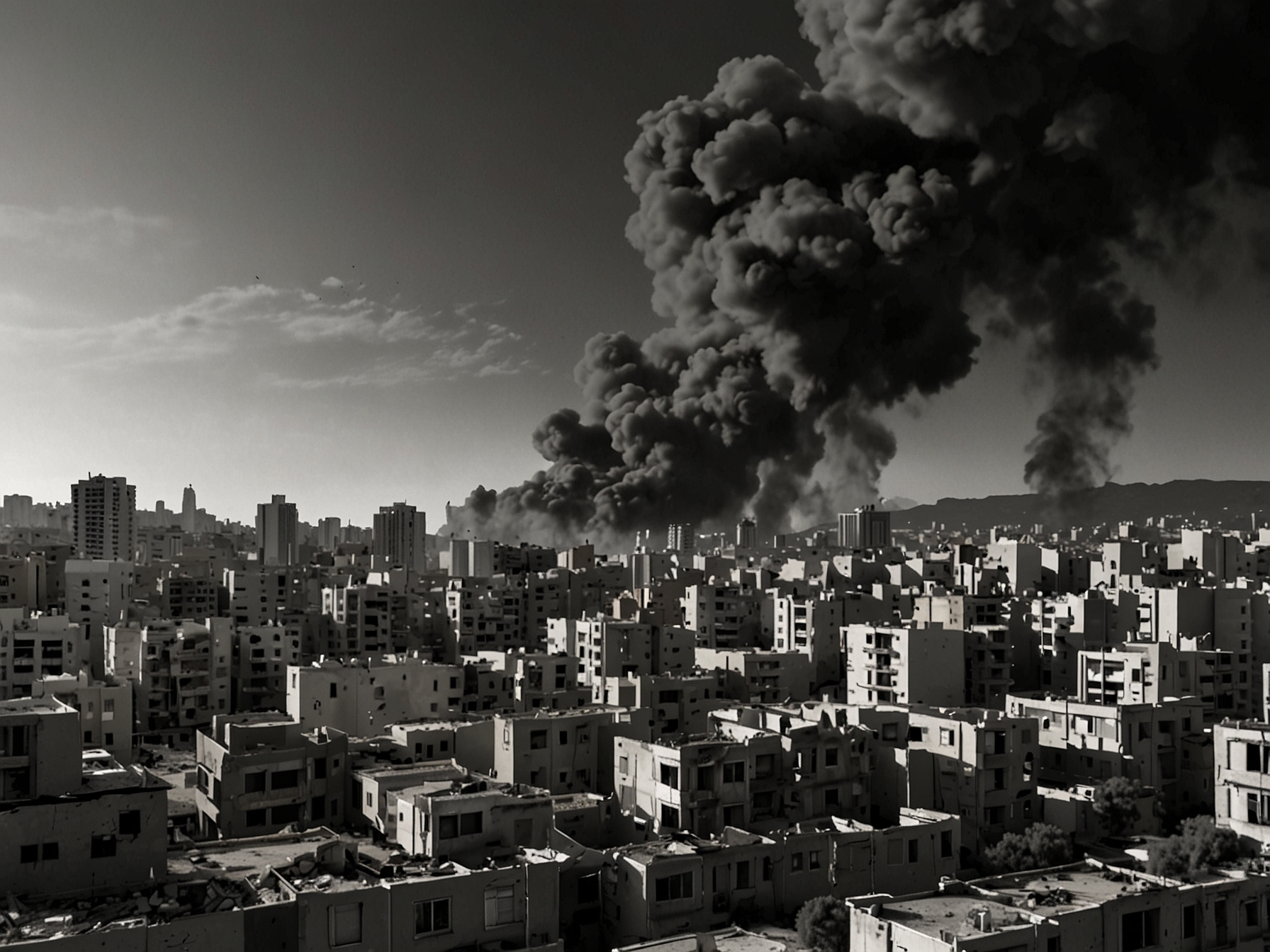
Yet, the path to peace remains fraught with challenges. Israeli Prime Minister Netanyahu’s Security Cabinet must decide on the proposal. Some members remain skeptical, fearing it compromises security.
Hezbollah’s influence complicates matters further. The militant group has insisted on conditions, delaying potential agreements. The overarching question remains: Will both sides make the sacrifices needed for peace?
The ramifications of continued violence extend beyond borders. This conflict not only affects Lebanon and Israel but the entire region. The fear of an expansive war is palpable among both leaders and the public.
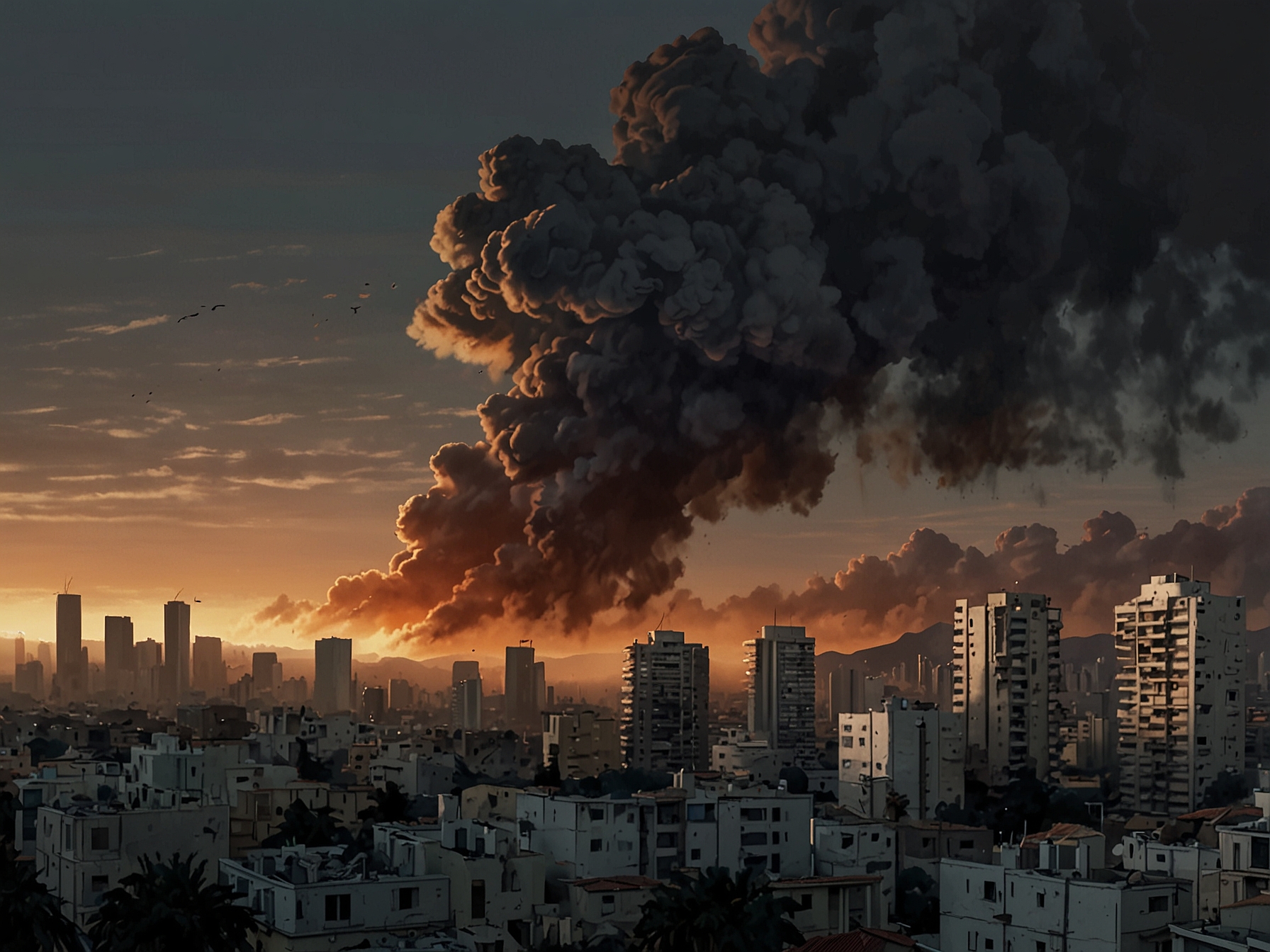
The health crisis in Lebanon compounds this urgency. Over 1.2 million people have been displaced. The ongoing war has left profound scars on the community, making a ceasefire not just a desire, but a necessity for many.
International players watch closely. The U.S. has involved itself in diplomacy, yet the road is rocky. Previous ceasefire talks have fallen apart, leading to deeper animosity and destruction.
In conversations, leaders voice cautious hope, expressing that a deal could be reached soon. However, they remind us that negotiations are never straightforward. External pressures and internal politics can quickly alter the trajectory of peace talks.
Human stories intertwine with this larger narrative. Lives disrupted, families torn apart, and friends lost in the chaos. Personal accounts reveal the emotional turmoil individuals face daily.
Reflecting on this, one can’t help but wonder how many more lives will be impacted. Is peace just a fleeting dream for those in constant fear?
As discussions continue, many await news of breakthroughs. Yet, reticence remains, fueled by skepticism derived from past failures. The collective desire for an end to violence clashes with the stark realities on the ground.
Despite all this, hope springs eternal. Grassroots movements advocating for peace are strong. Citizens on both sides dream of a day when families can walk freely without fear.
In the shadows of these diplomatic efforts, the pressing question looms larger: What will it take for both sides to recognize the humanity in one another? As discussions unfold, the world watches, holding its breath for the possibility of peace.

